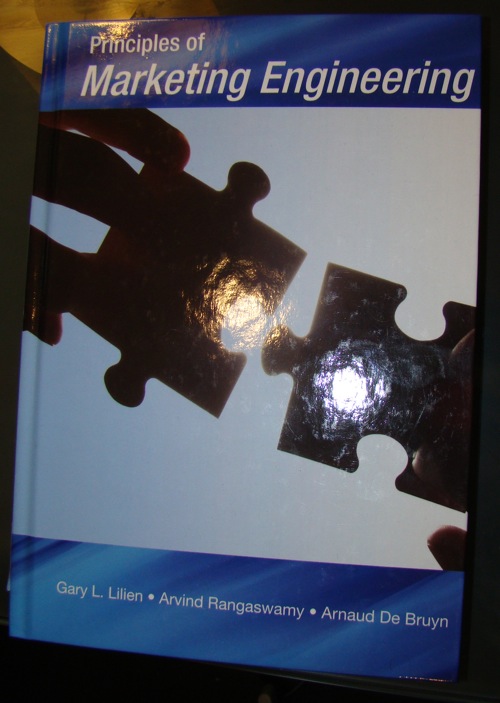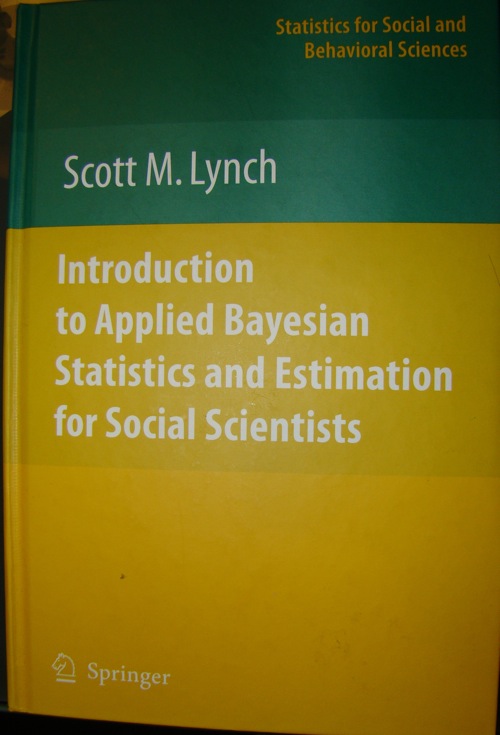All of this business about paid tools vs free tools, and dare I say the whole concept of #measure, all boils down to the fact that today, we are a tool-centric industry, often to the detriment of being an expert-centric industry. — Stop giving web analytics tools the credit YOU deserve
Atlanta Analytics is a quite interesting blog – however, there aren’t so many posts. The author, Evan LaPointe, does have some nice visions and an interesting perspective, because he comes from a finance background.
I think he makes some important points, these are:
- It isn’t about page views or uniques – it’s about money
- Drive actions not data
- Be a business person not a technologist
- Demand your share – if you increase your company’s profit by $500,000 per year, you should demand a share of it
- Quantify today’s success and uncover usability, design, architecture, copy, product, advertising, pricing and marketing optimization that will breed even more success tomorrow
- Web analytics isn’t:
- WA is not the measurement of something
- WA is not defining success but translating it
- WA is not Omniture, Google Analytics or Clicktracks
- Web analytics answers the following questions:
- Who is coming to my web site?
- What are they trying to do?
- What is the gap between what they are doing and the ideal?
- What are some concrete ways we can close the gaps?
- How can we get more of these people?
- These answers should be answered in context of growth and profitability
- Analyst shouldn’t become married to one discipline otherwise they are losing the big picture
- They are central and recommendations are driven by company impact and not by personal impact
- Even if you cannot solve a problem by yourself, you have uncovered an important problem
Three enormous wastes of your web analytics time
- Analytics isn’t implemented in the dev process but afterwards
- You care about the correct unique visitors count
- You are trying to match two numbers from different tools: Trends not accounting
3.5 things that keep you from finding good web analytics people
- 1: Good WA can be in your company
- 2: A lot of experienced WAs are actually reporting writers
- 3: Your interview process prevents you from hiring good people: if you fear change / that your flaws will be revealed and the application is able, then you probably won’t hire them
- 3.5: Your salary is too low: increasing your conversion rate by 0.3% can mean hundreds of thousand of dollars additional revenue per month
Web analytics sucks, and it’s nobody’s fault
This is a handmade description for yet another propellerhead analyst who will sit around and run reports for people, get in arguments with other people (or those same people), “agree to disagree” with other departments, and will eventually call everyone else an idiot and will recede into their cave before ultimately quitting for a director-level position at a different, big, resume-enhancing company where the process will repeat itself.
It’s not their fault because a good position for a web analytics person does not exist in the companies that can use these people most. The bigger the company, the more important a small difference becomes. For a site with 10,000 visits a month, an analytics person would have to improve conversion by double-digit percentages to scarcely pay for themselves. For Wal Mart, moving the conversion needle a tenth of a percent probably pays their lifetime salary in a week
The effective web analytics person knows usability, they know some design, they know information architecture, they know HTML, they are good communicators and can thusly write good web copy, and ultimately they are businesspeople who realize the purpose behind all of these crafts is cash flow […] Rather than being careful, politically aware employees, effective analytics people are data-driven, quickdraw decision makers because they have two key assets:
1. Cold, hard facts in the form of data (and I don’t mean just Omniture data)
2. The ability to not have to decide: they can TEST
Big companies are ruled by coalitions of opinions, meetings, conference calls, and semi-educated executives. Data is actually a threat. Data is what gets people fired in big companies, not what gets them bonuses. Data is scary.
What are the REAL web analytics tools?
- Question: How can you improve the long-term cash flow?
- Where you need a decent degree of competency:
- Usability
- Information Architecture
- SEO
- Web marketing (PPC, display, email)
- Social Media
- Design
- Copywriting
- Website technology (HTML, CSS, SQL, JS, PHP/Ruby/Python/whatever)
- Communication skills
- Learn business goals -> department goals -> campaign goals -> personal goals
Have you lost faith in web analytics?
- Make decisions as often as possible – aka fail faster
- It isn’t about the newest technology – it’s about money
- Don’t live in a vacuum – interact with different people and viewpoints
The purpose of web (or any) analytics
- “We talk about being data-driven businesses. But these aren’t businesses built around a culture of measurement. They’re built around a culture of accountability.”
- “The purpose of web analytics, or any analytics, is to give your organization the confidence needed to accelerate the pace of decisions.”
- “We’re talking about being accountable to outcomes, not to some Tyrannosaurus on a power trip. That’s a big deal.”
- “It’s about making big decisions often.” – Iterate, iterate, iterate




